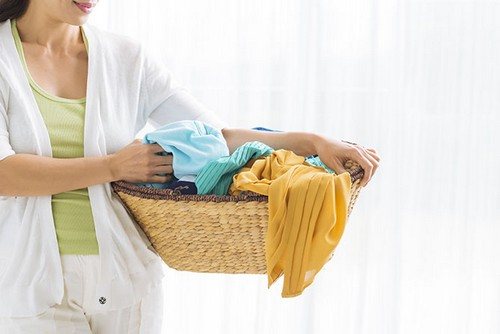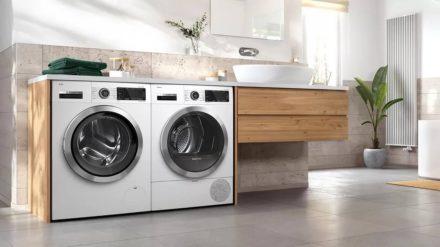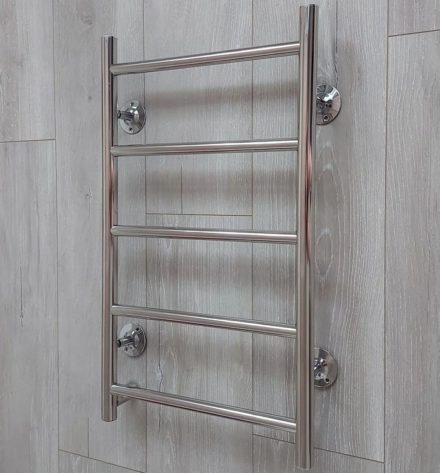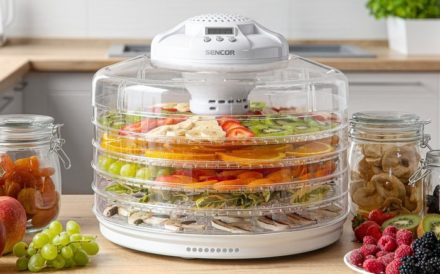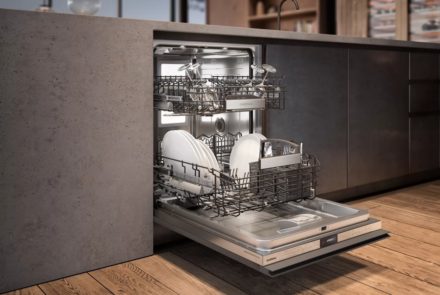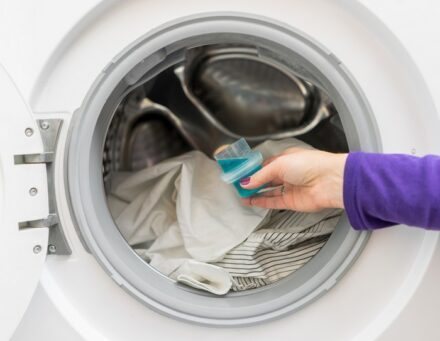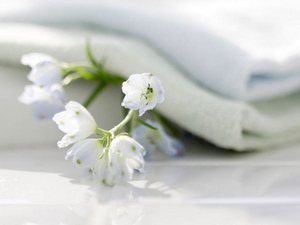In Soviet films you can see housewives drying clothes right in the yard. But today there is no hope at all for the courtyards of high-rise buildings. The most reliable place in a modern city is still considered to be home. There are several effective ways to dry laundry at home.
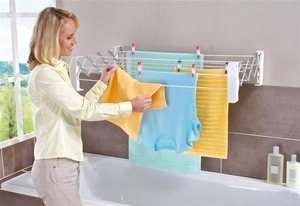
Drying clothes on the balcony is simple and convenient. For this method, the most common and affordable, and most importantly economical, device is a stretched clothesline: it allows you to hang most things and not worry that they will smell unpleasant. The wind and sun will do their job and your clothes will be filled with freshness. But there are some disadvantages here. It is difficult to reach the rope, and aesthetically such a device does not at all decorate the appearance of the balcony. But there is a more modern solution - this is an automatic machine in the bathroom with a dryer mode.
Technology comes to the rescue
 The current technology, which is used in everyday life, is an excellent alternative to balcony rope. A drying machine is simply an excellent solution to problems if there is no balcony. Its operating principle is very simple: you need to hang clothes on the dryer and place them in a special container. Warm air will circulate inside the machine, which dries the laundry.
The current technology, which is used in everyday life, is an excellent alternative to balcony rope. A drying machine is simply an excellent solution to problems if there is no balcony. Its operating principle is very simple: you need to hang clothes on the dryer and place them in a special container. Warm air will circulate inside the machine, which dries the laundry.
But such a purchase is not affordable for every budget. Moreover, the electricity bill also runs up. In addition, you should take into account the area of the bathroom in order to install such a miracle.
Another option is a heated towel rail in the bathroom.It fits socks and small items perfectly, but the problem is hardly solved. Dark cotton items dry better on the radiator. But for things of white and delicate material, hot utensils are a death sentence: the white fabric will turn yellow and spread out in different directions, becoming shapeless.
Dryers
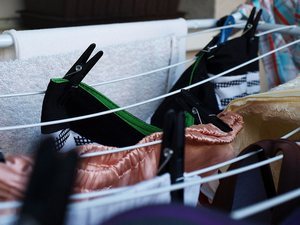 There are two types of clothes dryers: wall and ceiling. They can withstand a decent load (some of them are designed for things weighing up to 20 kilograms). Ceiling ones are attached to the ceiling (like a clothesline), they can be placed on the balcony or in the bathroom. The crossbars are lowered using a special mechanism, and also rise to the desired level, but with the laundry already hung. This option is well suited for older people and pregnant women.
There are two types of clothes dryers: wall and ceiling. They can withstand a decent load (some of them are designed for things weighing up to 20 kilograms). Ceiling ones are attached to the ceiling (like a clothesline), they can be placed on the balcony or in the bathroom. The crossbars are lowered using a special mechanism, and also rise to the desired level, but with the laundry already hung. This option is well suited for older people and pregnant women.
Wall dryers are attached to the wall. They move apart and move by pulling a special mechanism. The top bars are for long items, and the bottom bars are for small items. This thing is perfect for a balcony.
How to properly organize the process of drying clothes?
Every apartment resident is faced with the need to dry clothes indoors if there is no balcony. And here you should know some rules of the organization:
- there should be as thorough a spin as possible: the less moisture in the fabric, the faster it will dry, and there will be less evaporation. But you should know and remember that a good spin is not suitable for all fabrics, which can lead to damage to things. The spin mode is always indicated on the manufacturer's label;
- Without such a factor as ventilation, drying things is simply impossible indoors.Water evaporates from fabric in still air, this is difficult, and a musty smell is formed. If there is not enough ventilation, water will settle on all pieces of furniture and be absorbed into them. This will create dampness and fungus may appear. Clothes to be dried should be spread out well and maximum air access should be created;
- There should be no excess moisture or other foreign odors when the laundry is drying. This is why the bathroom and kitchen are not suitable for drying;
- It is most convenient to dry things on compact folding dryers. They are more spacious when unfolded and can accommodate more laundry. If the dryer needs to be removed, it can be folded, so it takes up minimal space.
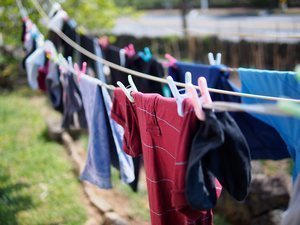 The underwear that was taken out washing machine, still remains wet and needs additional drying. If there is no balcony, then further drying will be in the apartment, which will quickly fill with moisture. During warm periods, you can open a window for ventilation, but in winter everything is much more complicated: you will need to remove excess moisture using forced exhaust and built-in fans. With their help, wet laundry will no longer be a problem.
The underwear that was taken out washing machine, still remains wet and needs additional drying. If there is no balcony, then further drying will be in the apartment, which will quickly fill with moisture. During warm periods, you can open a window for ventilation, but in winter everything is much more complicated: you will need to remove excess moisture using forced exhaust and built-in fans. With their help, wet laundry will no longer be a problem.


